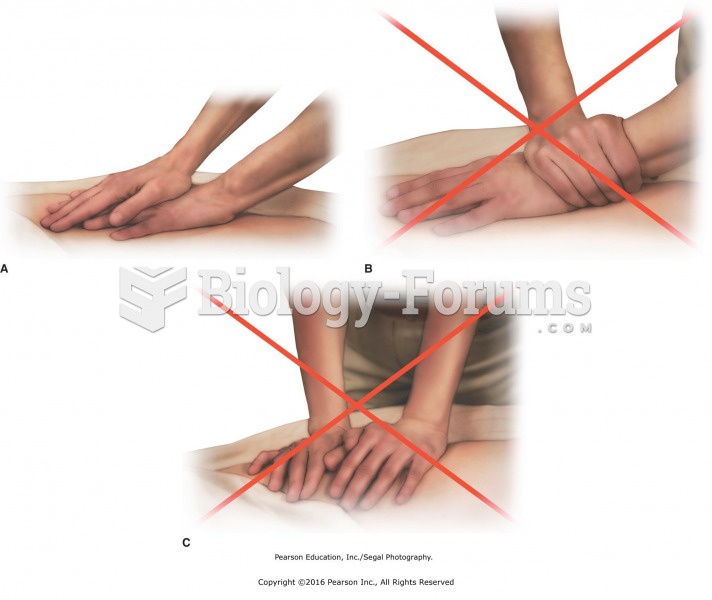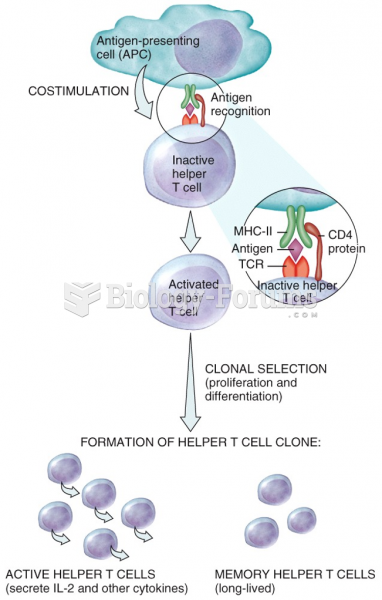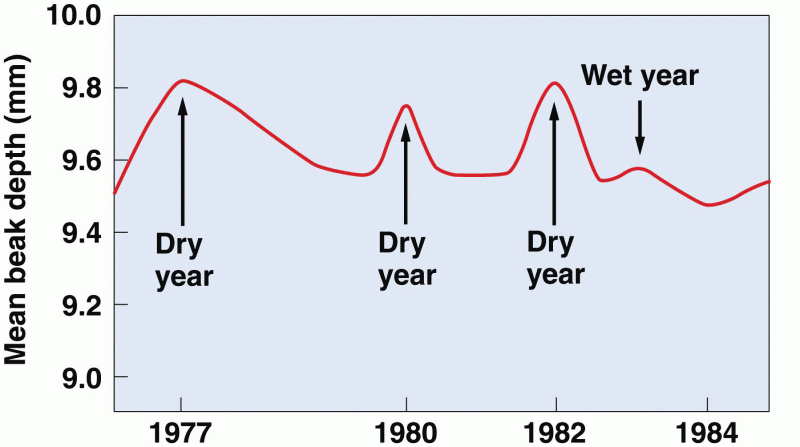Read the selection and respond to the questions that follow by choosing the letter of the correct
answer.
Television Transforms Daily Life
It's not surprising that the effects of such a pervasive medium have attracted so much attention from
parents, educators, social scientists, religious leaders, public officials and anyone else who wants to
understand society's habits and values. TV has been blamed for everything from declines in literacy to
rises in violent crime to the trivialization of national politics. Every once in a while it is praised, too, for
giving viewers instant access to world events and uniting audiences in times of national crisis.
An industry with this much presence in American life is bound to affect the way we live.
Someone who is watching television is not doing other things: playing basketball, visiting a museum, or
looking through telescope at the planets, for instance. Television can, however, bring you to a museum
you might never visit or to a basketball game you cannot attend or to the surface of a planet you can only
see through a telescope.
Television technology, by adding pictures to the sounds of radio, truly transformed Americans'
living and learning patterns. The word television, which once meant programs delivered by antennas
through over-the-air signals, now means a television screen, where several different types of delivery
systems bring viewers a diversity of programs.
The programs Americans watch today are delivered by antennas, cables, and satellites, but they
all appear on the same television screen, and as a viewer, you can't tell how the program arrived at your
television set and probably don't care. What you do know is that television gives you access to all types
of programsdrama, comedy, sports, news, game shows, and talk shows. You can see all types of
peoplemurderers, public officials, foreign leaders, reporters, soldiers, entertainers, athletes, detectives
and doctors. The television screen is truly, as scholar Erik Barnouw observed, a tube of plenty.
About 1,600 television stations operate in the United States. Three out of four of these are
commercial stations, and the others are noncommercial stations. About half the commercial stations are
affiliated with a network.
What has TV been blamed for?
a. for giving viewers instant access to world events and uniting audiences in times of
national crisis.
b. for the decline in literacy
c. for bringing news to people who live in remote areas
d. for carrying a diverse array of programs
Question 2
Read the selection and respond to the questions that follow by choosing the letter of the correct
answer.
Television Transforms Daily Life
It's not surprising that the effects of such a pervasive medium have attracted so much attention from
parents, educators, social scientists, religious leaders, public officials and anyone else who wants to
understand society's habits and values. TV has been blamed for everything from declines in literacy to
rises in violent crime to the trivialization of national politics. Every once in a while it is praised, too, for
giving viewers instant access to world events and uniting audiences in times of national crisis.
An industry with this much presence in American life is bound to affect the way we live.
Someone who is watching television is not doing other things: playing basketball, visiting a museum, or
looking through telescope at the planets, for instance. Television can, however, bring you to a museum
you might never visit or to a basketball game you cannot attend or to the surface of a planet you can only
see through a telescope.
Television technology, by adding pictures to the sounds of radio, truly transformed Americans'
living and learning patterns. The word television, which once meant programs delivered by antennas
through over-the-air signals, now means a television screen, where several different types of delivery
systems bring viewers a diversity of programs.
The programs Americans watch today are delivered by antennas, cables, and satellites, but they
all appear on the same television screen, and as a viewer, you can't tell how the program arrived at your
television set and probably don't care. What you do know is that television gives you access to all types
of programsdrama, comedy, sports, news, game shows, and talk shows. You can see all types of
peoplemurderers, public officials, foreign leaders, reporters, soldiers, entertainers, athletes, detectives
and doctors. The television screen is truly, as scholar Erik Barnouw observed, a tube of plenty.
About 1,600 television stations operate in the United States. Three out of four of these are
commercial stations, and the others are noncommercial stations. About half the commercial stations are
affiliated with a network.
How many television stations are commercial stations?
a. 3 out of 4
b. 1 out of 4
c. 2 out of 4
d. 3 out of 5







